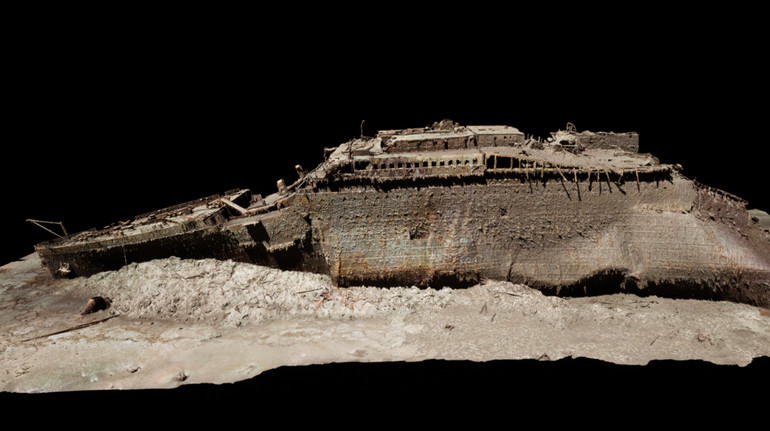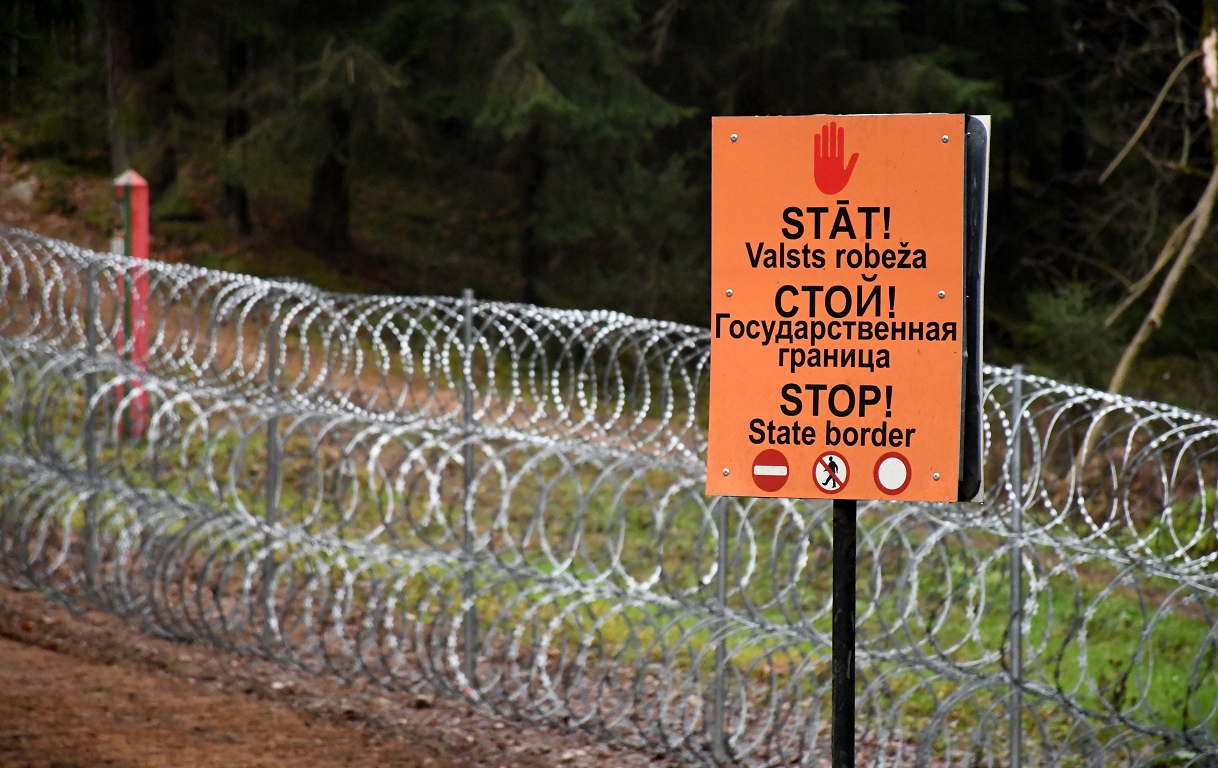Titanic 3D scan has revealed new details of ship’s death and engineers’ heroism

Atlantic Productions/Magellan Titanic
Scientists first analyzed the full 3D skan “Titanic”and he Opened new data on the last hours of the liner, which sank after collision with the iceberg in 1912.
The exact digital copy The ship demonstrates the scale of destruction – as the case was torn in half in the process of immersing the bottom of the Atlantic, reports BBC.
The scan allowed to look at one of the boiler rooms in a new way and to confirm eyewitness testimony that the engineers tried to keep the ship’s lighting.
Also, thanks to the new computer simulation, scientists have suggested that holes in the size of A4 sheet along a narrow section of the body and became fatal for the ship.
« Titanic is the last living catastrophe witness. And he still has the stories he wants to tell », – says Parks Stevenson Titanic researcher.
The front of the Titanic is still vertically on the seabed as if the liner continues its flight. But 600 meters further – the forage part, distorted and crumpled, as a result of the impact on the bottom after a vessel.
The scans are also visible that some boilers in the boiler room were bent inside – it indicates that they were still working when the ship flooded.
On the deck, the feed found an open steam valve – probably, it was thanks to which the couple continued to enter the electricity generation system.
This was made possible by the team of engineers under the guidance of Joseph Bell, who to the last tossed coal into the firebox to provide electricity and give the crew the opportunity to lower the rescue boats safely.
They all died, but as Stevenson says, their heroic actions saved a lot of lives.
« They maintained electricity and lighting to the very end so that the crew had at least some light during evacuation and not found themselves in absolute dark. They held back chaos for as long as they could »He told in a BBC comment.
The new computer analysis has made it possible to model what the damage to the body was. To do this, the researchers used the drawings of « Titanic », data on the speed, direction and position of the ship at the time of contact with the iceberg.
Scientists have used complex numerical algorithms, computer simulations and supercomputers to reproduce how the Titanic was sank.
Simulation showed that the Obisberg stroke was sliding, not straight, and left many holes located in the line along the narrow section of the body. The size of these damage resembles of A4 paper sheets.
Scanning has opened new details about the night of 1912, but a full study of every detail of the 3D model can last for years.
« She tells her stories slowly. And every time leaves us a desire to learn even more« , – adds Parks Stevenson.
Recall British passenger liner “Titanic” sank on the night from April 14 to 15, 1912 during his first flight From English Southampton to New York. As a result of catastrophe Died More than 1.5 thousand people.








